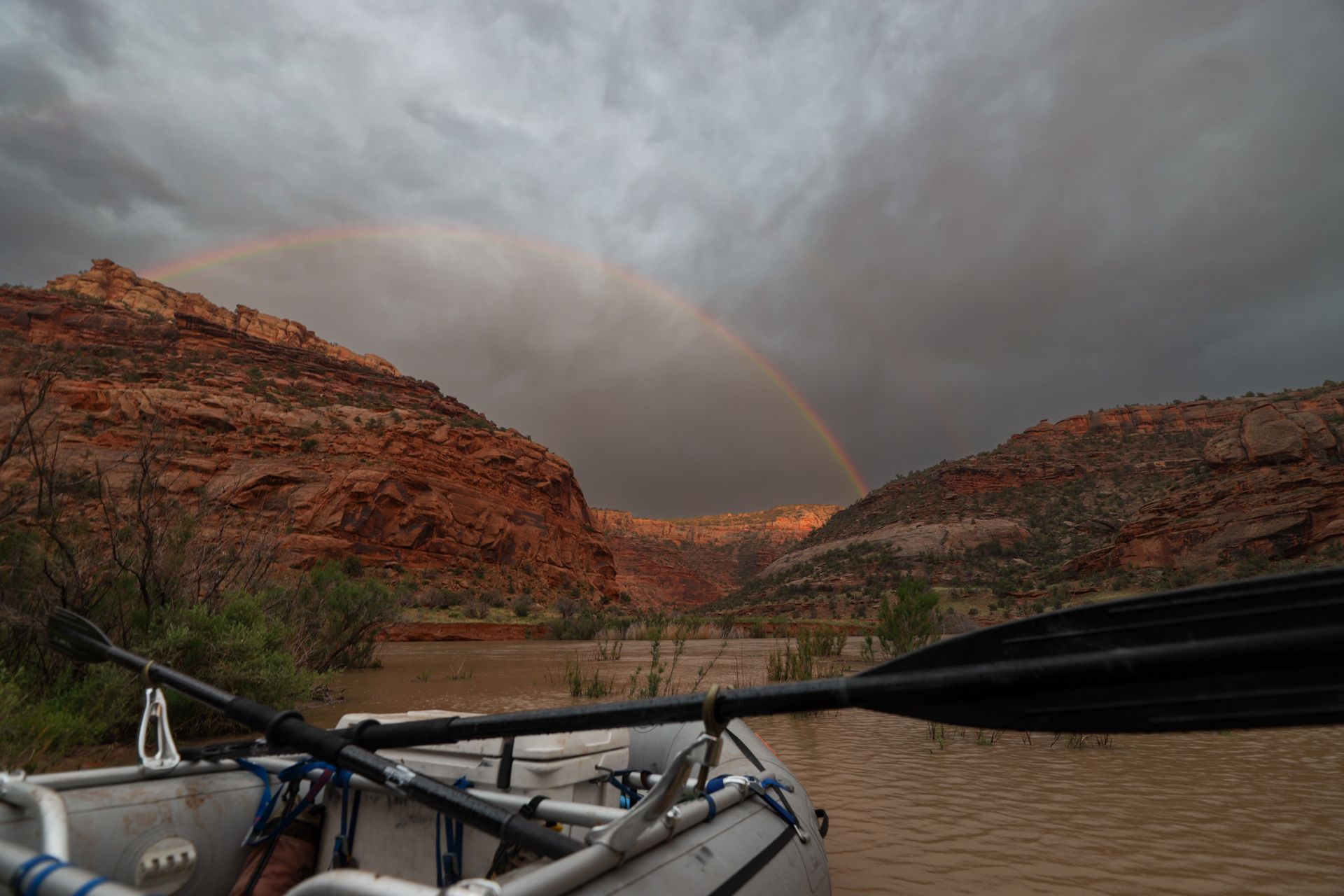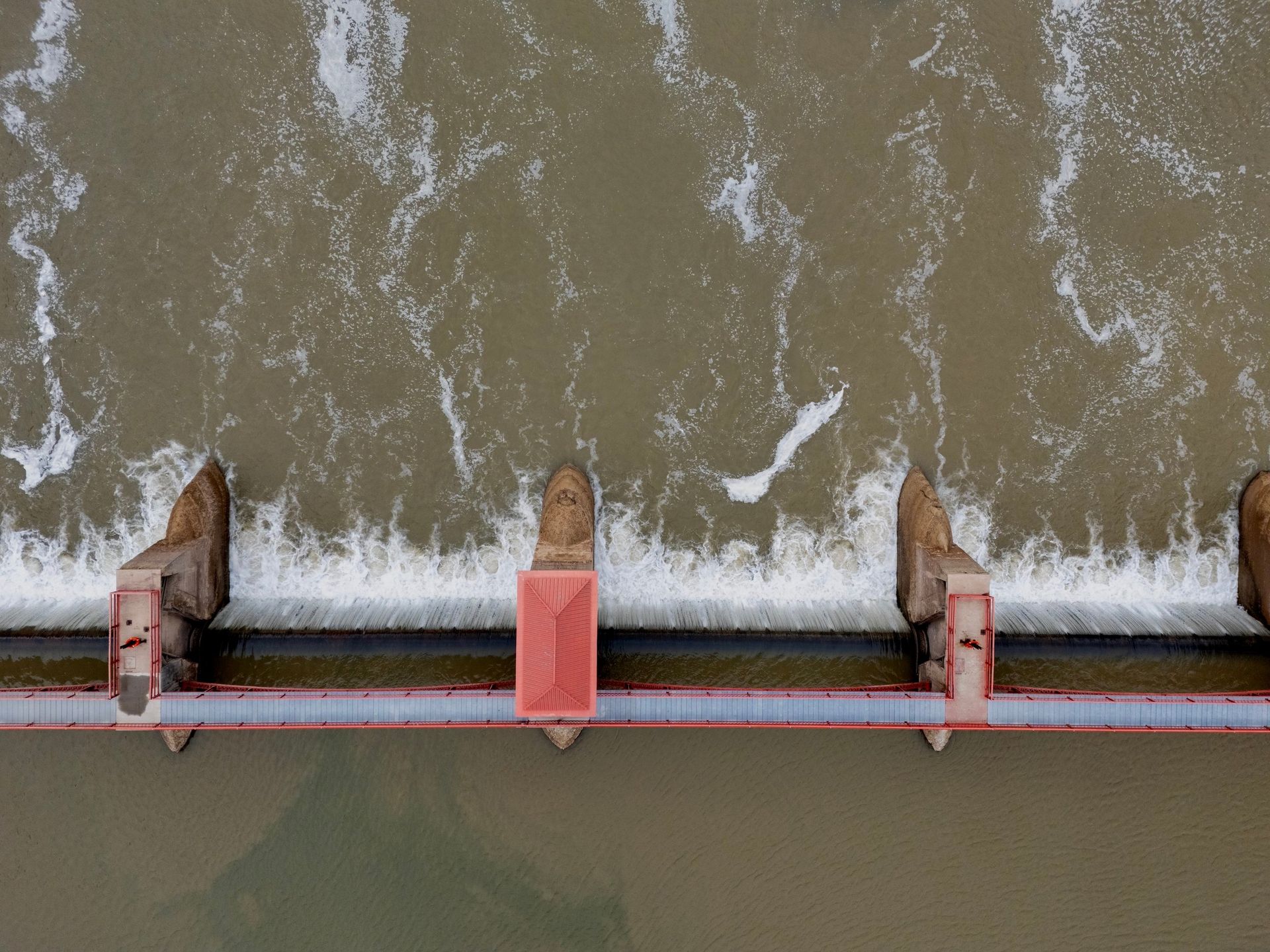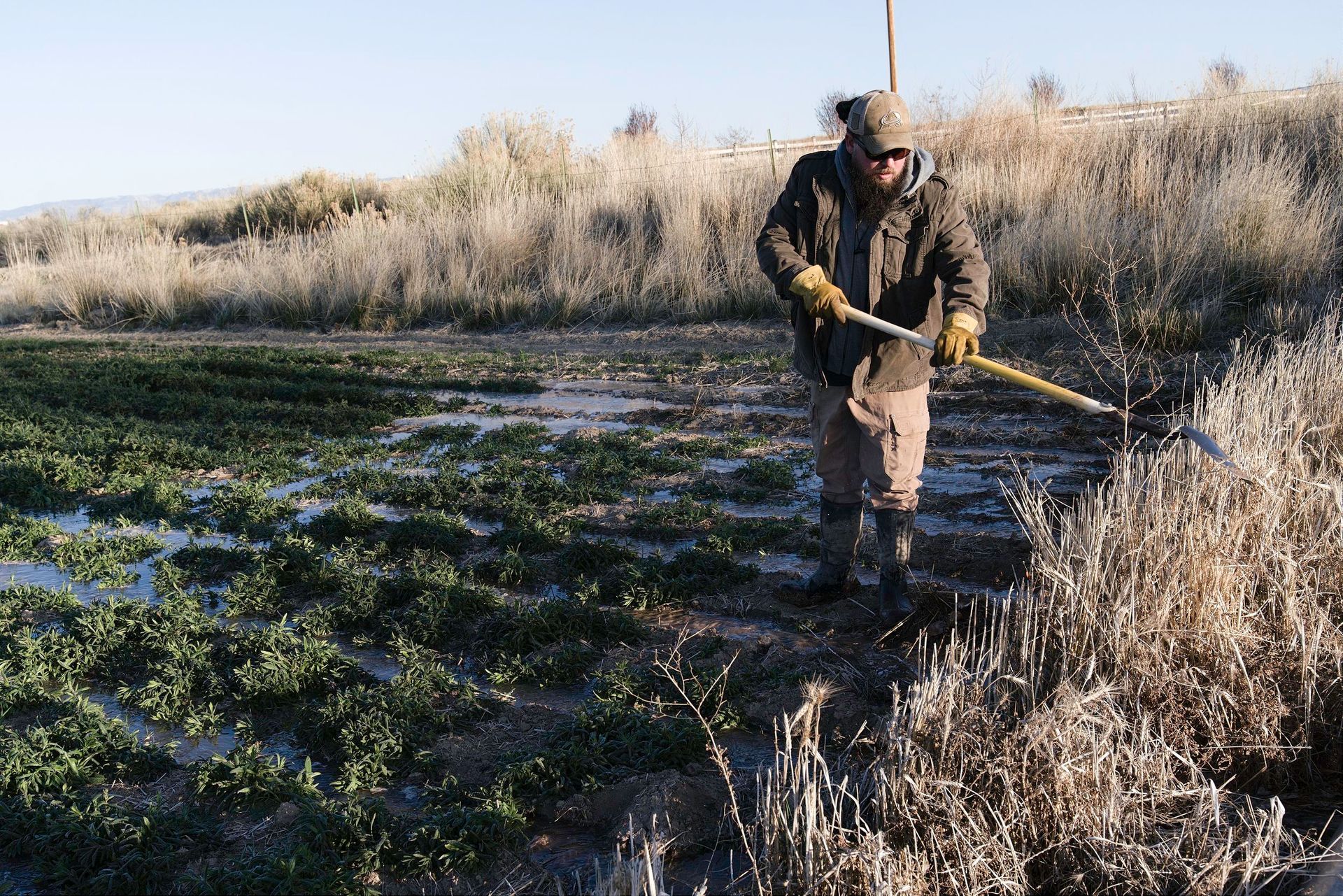little salt films
little salt
This is a film about water, and the complicated relationship it holds with the arid Southwest.
When a trio of amateur adventurers plan to float a minuscule tributary through their Western Colorado town they encounter a formidable question: where does the water come from? In seeking the answer, they find a labyrinth of laws, traditions, closed doors, and hushed conversations about the future of water in the west.
The Idea
Fruita, Colorado residents, Cullen Purser, Jonathan Cooley, and Anne Keller attempt a first descent down the Little Salt Wash. The only part they can actually float is the unused water remaining after fields have been irrigated in the area. Little Salt is just one of many drainages tasked with carrying water leftover from agriculture back to the Colorado river. Once there is enough flow for a kayak, they float the wash fighting spiders and downed branches while scraping boats along the gravelly shallows. Their journey unceremoniously ends at a muddy delta in the Colorado River, choked with tamarisk, chunks of concrete and abandoned car tires.
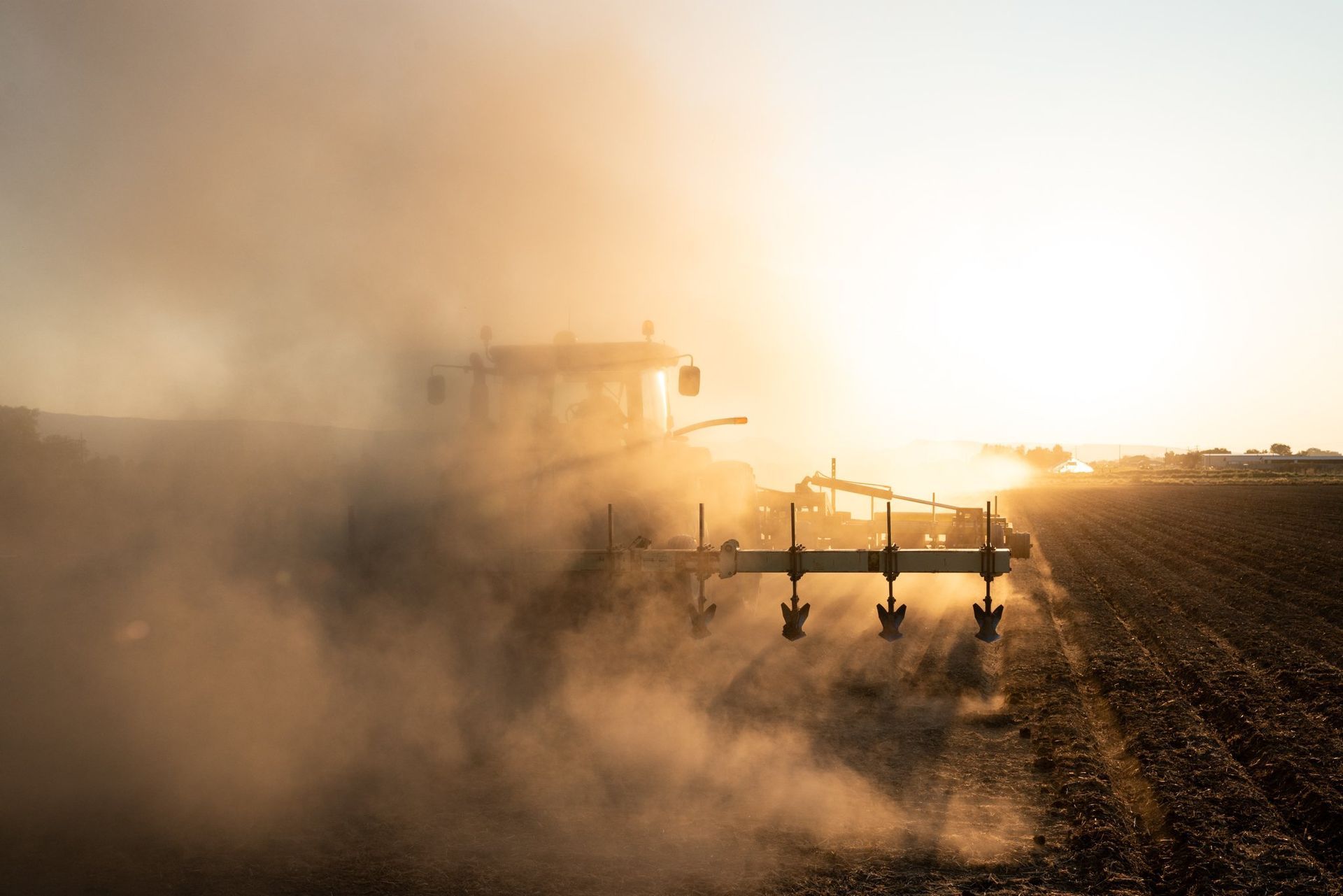
The Evolution of the Story
In 2021, The New York Times published a story about a hedge fund manager purchasing farmland along the Colorado River basin. The management firm quietly became one of the valley’s largest agricultural landowners. With the purchase of the land came the rights to the water and a say in what happens to it. Locals were suspicious.
As news of these purchases gained more attention, the idea behind a light-hearted backyard adventure evolved into a multi-layered exploration of water policy in the western United States.
The Location
The Grand Valley is a river basin housing the communities of Palisade, Grand Junction, and Fruita. The Colorado River, born in the mountain tributaries to the east, flows through the heart of it. The history of the valley is closely tied to agriculture which could not exist without supplemental water. In the early 1900s a series of federally backed canal projects created the possibility of taking that river water and distributing it across the arid landscape. No water, no farms. And without those farms, there never would have been the means to support the communities of the Grand Valley.
The Background
The Colorado River Compact, signed in 1922, was a landmark agreement designed to manage the distribution of water from the Colorado River among seven U.S. states and Mexico. It divided the river basin into two main sections: the Upper Basin (Colorado, Wyoming, Utah, and New Mexico) and the Lower Basin (Arizona, Nevada, and California). Each basin was allocated 7.5 million acre-feet of water annually, with an additional 1 million acre-feet reserved for Mexico under a separate treaty. The compact aimed to address the growing demand for water in the arid southwestern United States and prevent conflicts among states. It led to major infrastructure projects like the Hoover Dam and the Glen Canyon Dam, which were crucial for water storage and distribution. However, the compact now faces significant challenges. Prolonged drought and climate change have drastically reduced river flows, as rising temperatures and altered precipitation patterns impact snowpack levels and water availability. This has exposed the gap between the compact’s optimistic water allocations and the actual river flow, leading to water deficits and disputes among states.
Water in the West in complicated.
It is steeped in layers of historical precedent and assumptions of rights. It is threatened by the pressure of an increasing population flocking to arid landscapes, and the inescapable reality of a warming climate. For every person who sees farming as a historical way of life worthy of protection, there is someone else who believes that it was never sustainable to waste water on irrigating in the desert west, that water is best used for the growing populations of our urban environments. For those who look to redirect water to serve people, there exists an equally vocal faction looking to prioritize conservation, so that our rivers and streams remain viable for both recreational purposes and for protecting critical wildlife habitat.
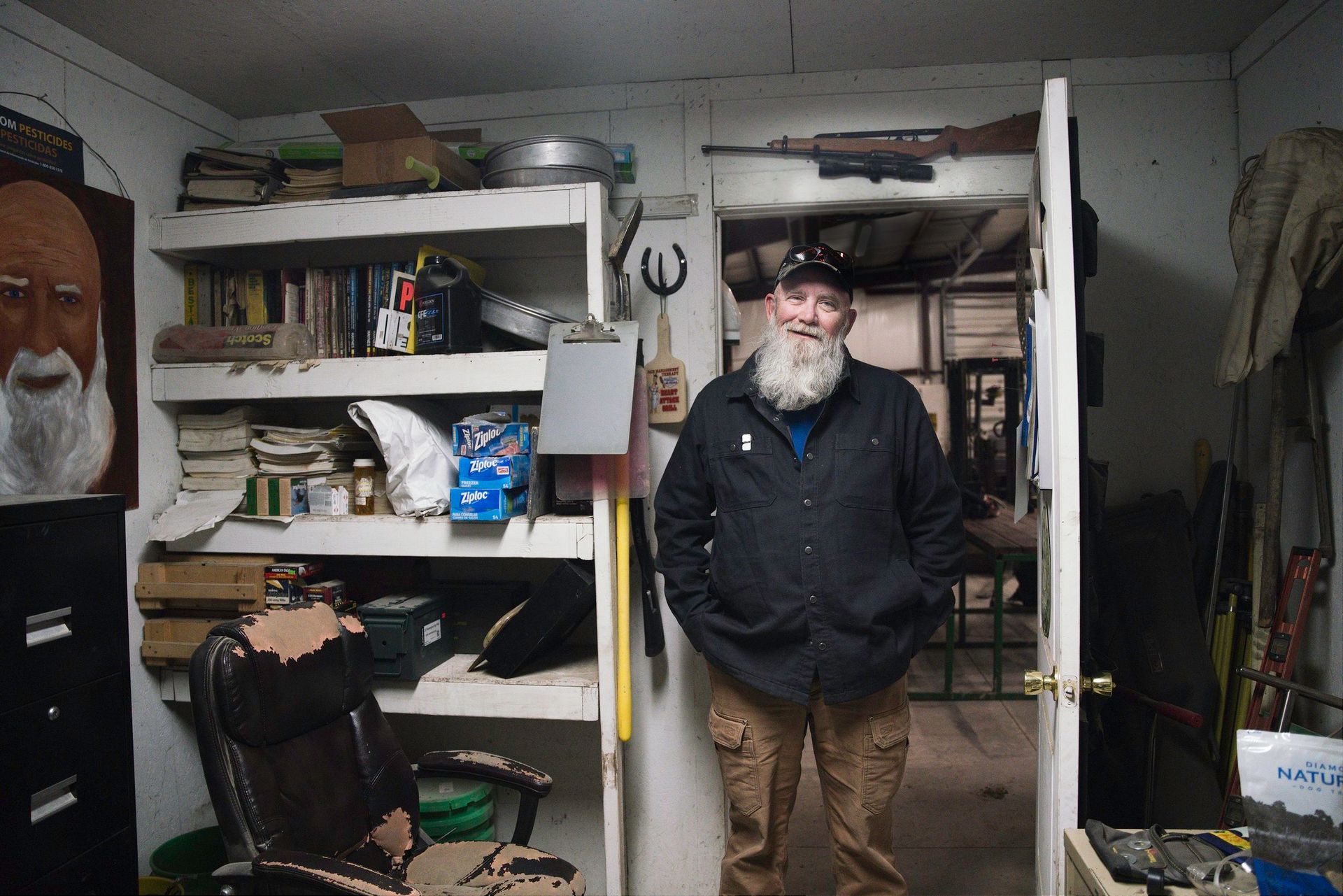
Main Characters
Troy Waters
is a fifth-generation farmer from Fruita who works through yet another year fighting weather, logistics, and an ever-encroaching population who are clueless about his challenges. He shows up at every local meeting concerning water, to ensure that the voice of agriculture is heard. For the last 10 years, he has worked his fields with his son, CW. Often, taking his grandson out in the fields, shovel in hand, directing the flow of the water to his crops. CW left the farm this spring because it’s too difficult for him to make a living in farming. He took a reliable job in Denver which felt like the responsible option for his young family, leaving Troy to manage the farm alone. Troy has a genuine concern that there is no future for agriculture in Western Colorado; the lifestyle is too laborious, the land is too expensive, and yet he continues to believe agriculture is relevant in the Grand Valley and wants to see it thrive beyond his own efforts.
Troy Waters
is a fifth-generation farmer from Fruita who works through yet another year fighting weather, logistics, and an ever-encroaching population who are clueless about his challenges. He shows up at every local meeting concerning water, to ensure that the voice of agriculture is heard. For the last 10 years, he has worked his fields with his son, CW. Often, taking his grandson out in the fields, shovel in hand, directing the flow of the water to his crops. CW left the farm this spring because it’s too difficult for him to make a living in farming. He took a reliable job in Denver which felt like the responsible option for his young family, leaving Troy to manage the farm alone. Troy has a genuine concern that there is no future for agriculture in Western Colorado; the lifestyle is too laborious, the land is too expensive, and yet he continues to believe agriculture is relevant in the Grand Valley and wants to see it thrive beyond his own efforts.
Main Characters

Becky Mitchell
is the Chief Negotiator representing Colorado for the Upper Colorado River Commission. She travels throughout all of the Colorado river basin states in order to advocate for the interests of Colorado’s water users. But, water is liquid, and has a habit of not acknowledging boundaries. As a hydrologist, Mitchell stays up at night worrying about how the decisions made today will make it harder for future generations. What gets decided in her office not only affects stakeholders in Colorado, but also affects every other state, tribe, and person that relies on the flow of the Colorado River. The fate of Troy’s farm is directly affected by Becky Mitchell’s work.
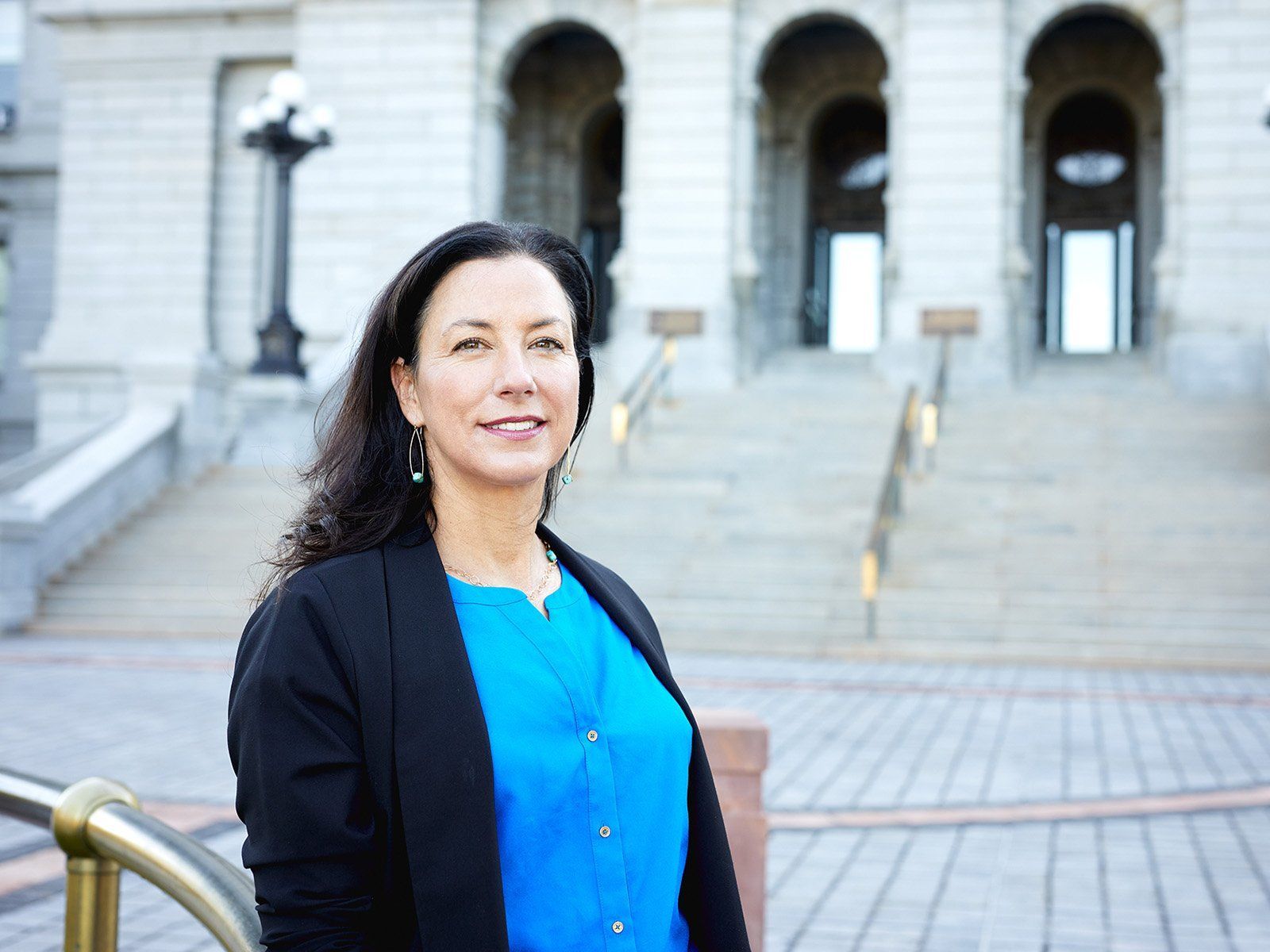
Becky Mitchell
is the Chief Negotiator representing Colorado for the Upper Colorado River Commission. She travels throughout all of the Colorado river basin states in order to advocate for the interests of Colorado’s water users. But, water is liquid, and has a habit of not acknowledging boundaries. As a hydrologist, Mitchell stays up at night worrying about how the decisions made today will make it harder for future generations. What gets decided in her office not only affects stakeholders in Colorado, but also affects every other state, tribe, and person that relies on the flow of the Colorado River. The fate of Troy’s farm is directly affected by Becky Mitchell’s work.

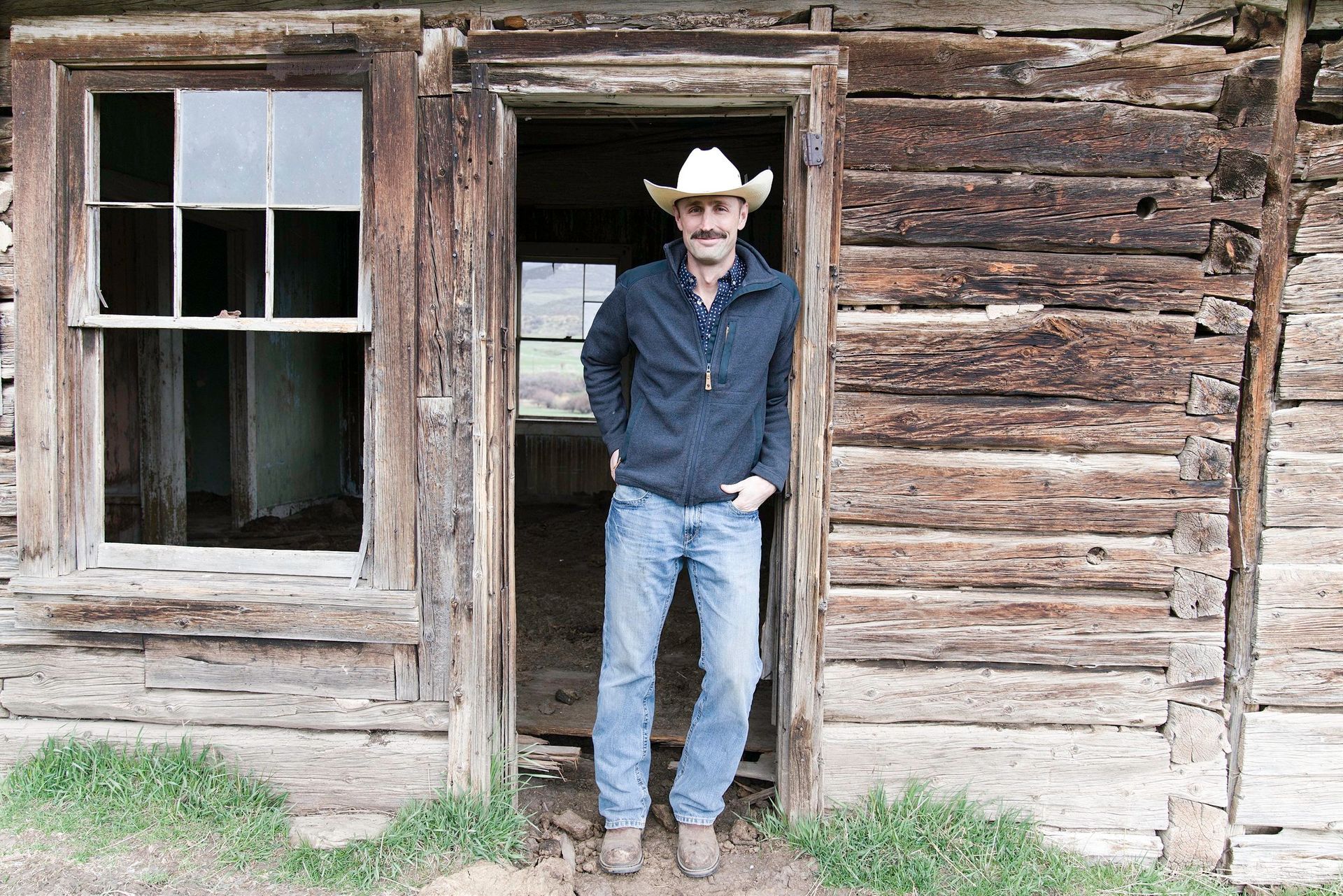
James Eklund’s roots are in Western Colorado. His blind Norwegian immigrant great-great-grandfather dug one of the first ditches to divert water to crops and livestock near Collbran, Colorado. He helps manage a small cattle operation on family property near the homestead. But, Eklund is more famous for his role in water law and policy. From 2013 to 2017, he oversaw the creation of a comprehensive long-term strategic water plan addressing climate change for the state of Colorado, the first of the Colorado River Basin States to do so.
Now in private practice, Eklund also represents clients like the private equity firm featured in the New York Times article. The idea that markets and profit-seeking businesses may have a role to play in water, a human necessity, is inconceivable to many. But not to Eklund. He draws a clear distinction between the molecules of water that flow freely past borders and the purchasable rights to use it. He doesn’t envision a future where only billionaires have access to our water. Rather, he argues that market-based solutions can lead to more responsible use and a more accurate valuation of water so that it is better conserved and managed.
James Eklund’s roots are in Western Colorado. His blind Norwegian immigrant great-great-grandfather dug one of the first ditches to divert water to crops and livestock near Collbran, Colorado. He helps manage a small cattle operation on family property near the homestead. But, Eklund is more famous for his role in water law and policy. From 2013 to 2017, he oversaw the creation of a comprehensive long-term strategic water plan addressing climate change for the state of Colorado, the first of the Colorado River Basin States to do so.
Now in private practice, Eklund also represents clients like the private equity firm featured in the New York Times article. The idea that markets and profit-seeking businesses may have a role to play in water, a human necessity, is inconceivable to many. But not to Eklund. He draws a clear distinction between the molecules of water that flow freely past borders and the purchasable rights to use it. He doesn’t envision a future where only billionaires have access to our water. Rather, he argues that market-based solutions can lead to more responsible use and a more accurate valuation of water so that it is better conserved and managed.

Western Water Girl, also known as Teal Lehto, is an activist and a social media influencer. Lehto has found an effective channel for promoting conservation causes and mobilizing an age demographic that ultimately will be the ones leading the water movement in the future. As the youngest member of the conservation boards she sits on, she is familiar with the patronization commonly reflected by the organization’s typically older directors who see her as naive. Lehto however, shrugs that off. She is informed and uses her platform to reach across generations, bridging the gaps in how knowledge is shared about environmental causes.

Western Water Girl, also known as Teal Lehto, is an activist and a social media influencer. Lehto has found an effective channel for promoting conservation causes and mobilizing an age demographic that ultimately will be the ones leading the water movement in the future. As the youngest member of the conservation boards she sits on, she is familiar with the patronization commonly reflected by the organization’s typically older directors who see her as naive. Lehto however, shrugs that off. She is informed and uses her platform to reach across generations, bridging the gaps in how knowledge is shared about environmental causes.

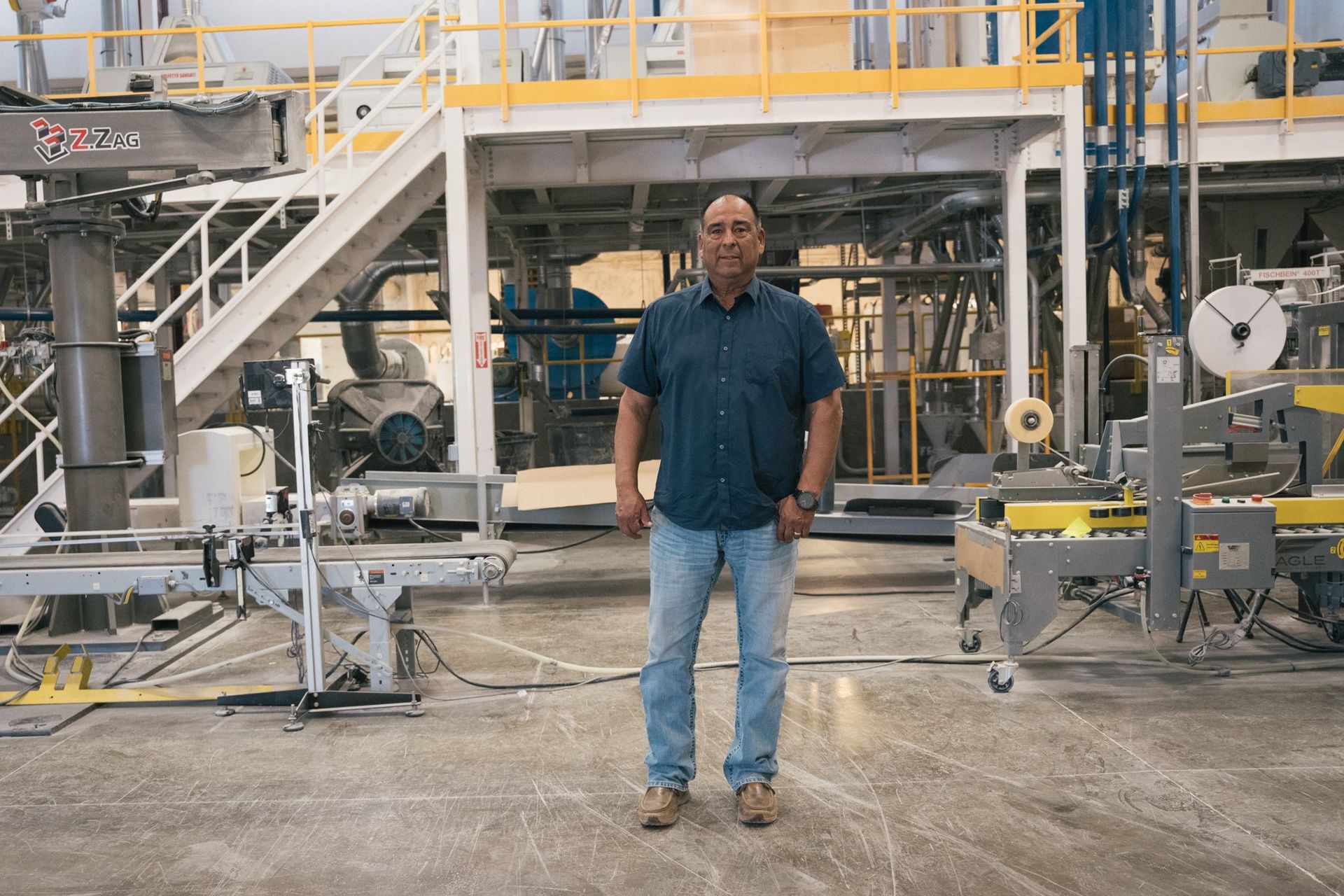
Simon Martinez is the general manager of the Farm and Ranch operation for the Ute Mountain Ute tribe in Towaoc, Colorado. The Farm and Ranch provides the main economic industry for the tribe. In 1988, through the Colorado Ute Indian Water Settlement Act, the UMUT received junior water shares from the Dolores River. While the agreement allowed for infrastructure bringing much needed water to the reservation, it also saddled the tribe with a guaranteed annual debt, despite drought-based reductions of full water allocations. For 2025, with the San Juan mountains in drought conditions, the tribe will receive 30% of their water shares. They will pay the bill for their full amount. Simon’s task is to maintain operations of the farm to the highest capacity that he can, while working with a much-reduced supply of water. For contrast, western farmers, while also affected by drought, may see reductions in the 10-20% range, not the 70% faced by the Ute Mountain Ute.
Collectively, Native American tribes hold rights to approximately 25% of the total flow of the Colorado River. However, due to inadequate infrastructure, insufficient federal funding for water projects, and ongoing disputes over the enforcement and recognition of their rights, a significant portion of the water allocated to tribes remains unused or is diverted to other users under temporary agreements.
Simon Martinez is the general manager of the Farm and Ranch operation for the Ute Mountain Ute tribe in Towaoc, Colorado. The Farm and Ranch provides the main economic industry for the tribe. In 1988, through the Colorado Ute Indian Water Settlement Act, the UMUT received junior water shares from the Dolores River. While the agreement allowed for infrastructure bringing much needed water to the reservation, it also saddled the tribe with a guaranteed annual debt, despite drought-based reductions of full water allocations. For 2025, with the San Juan mountains in drought conditions, the tribe will receive 30% of their water shares. They will pay the bill for their full amount. Simon’s task is to maintain operations of the farm to the highest capacity that he can, while working with a much-reduced supply of water. For contrast, western farmers, while also affected by drought, may see reductions in the 10-20% range, not the 70% faced by the Ute Mountain Ute.
Collectively, Native American tribes hold rights to approximately 25% of the total flow of the Colorado River. However, due to inadequate infrastructure, insufficient federal funding for water projects, and ongoing disputes over the enforcement and recognition of their rights, a significant portion of the water allocated to tribes remains unused or is diverted to other users under temporary agreements.

Film Concept
In the arid expanse of Western Colorado, water is both the lifeblood of the land and the source of its greatest challenges. Little Salt explores the high-stakes battle over the Colorado River, revealing how agriculture, policy, conservation, and tribal sovereignty intersect in the fight for a dwindling resource.
As the 2026 renegotiations of the Colorado River Compact loom, tensions rise between historic water rights, modern demands, and a rapidly changing climate. Farmers, policymakers, indigenous communities, and conservationists each bring different perspectives, yet all share deep concern over the river’s future. Through sweeping cinematography, personal narratives, and expert insights, Little Salt captures the urgency of a crisis that impacts millions.
There is no one in this story untouched by the challenges of western water. Together, these voices illuminate the complexities of sustainability, equity, and survival in a region where every drop matters.
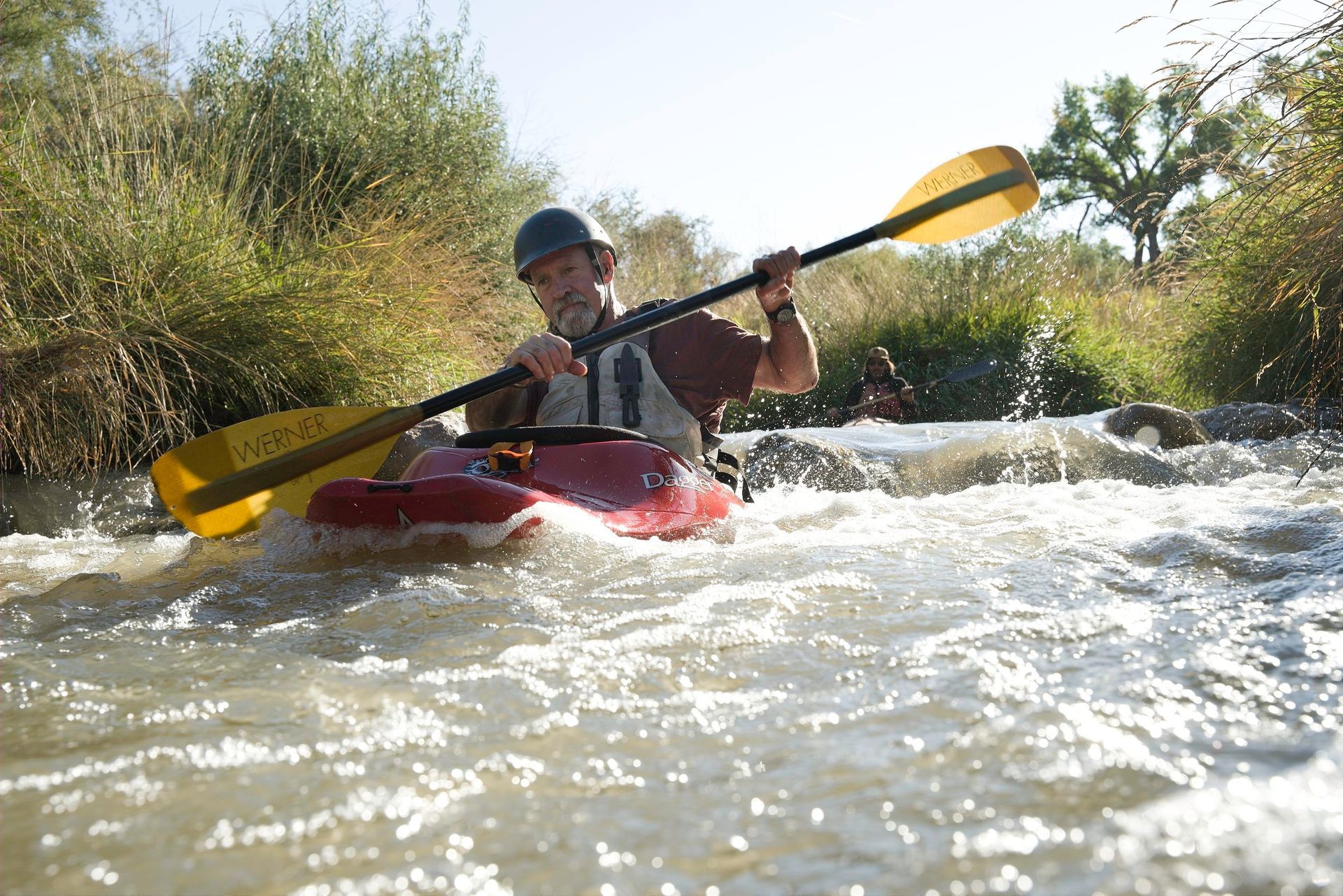
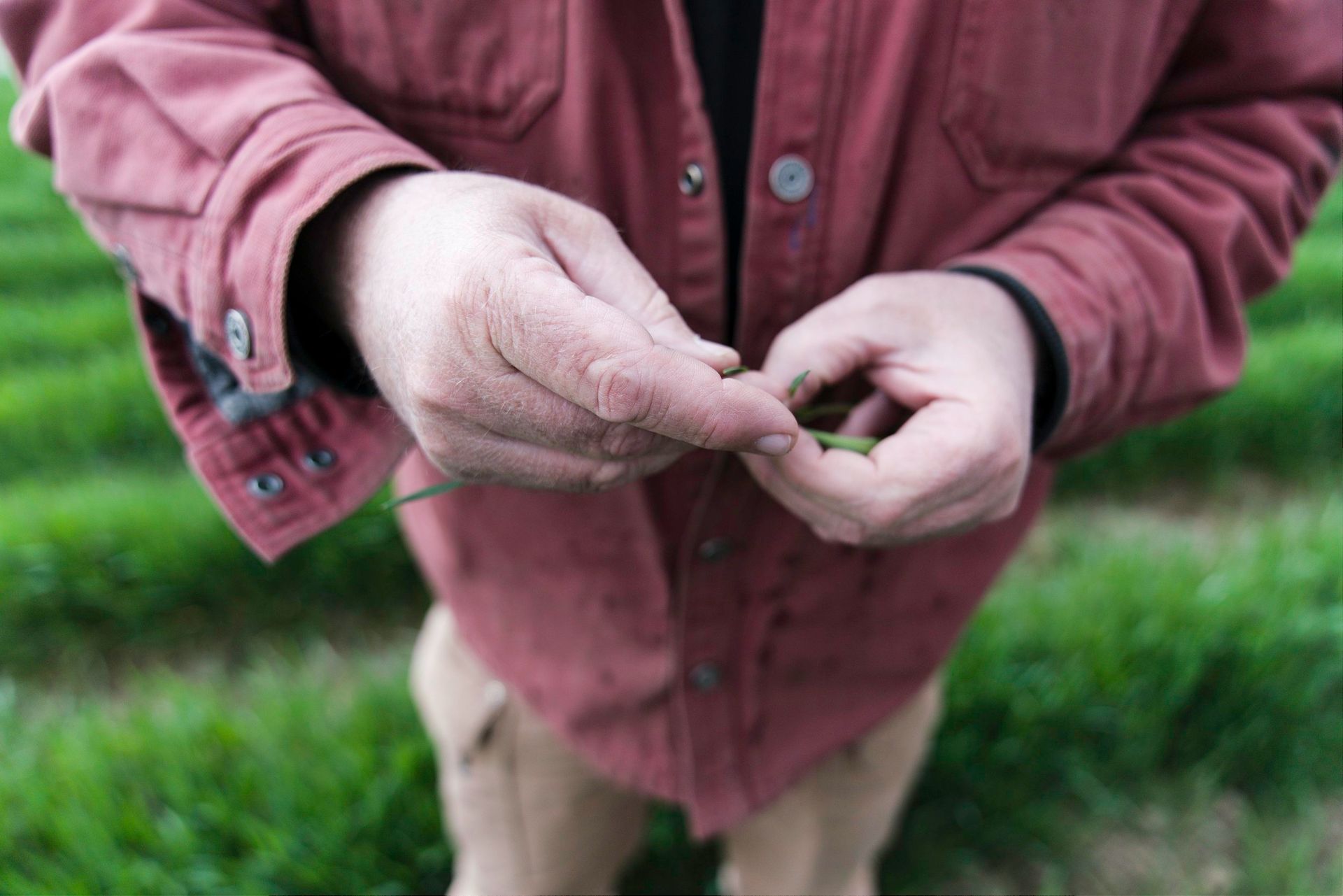
Why Now?
The Colorado River is at the heart of a crucial national conversation, impacting millions of lives while remaining widely misunderstood. This river is more than a water source, it’s a complex and deeply interwoven narrative of competing interests, environmental challenges, and high-stakes decision-making. As various groups (farmers, Indigenous communities, city planners, and policymakers) grapple with its future, the choices they make will shape our world for generations.
This is not just another headline; it is a defining issue of our time. We seek to document and reflect the intricate realities, the urgent conflicts, and the collective efforts to navigate a sustainable path forward.
Meet the Team
Ash Bernal
PRODUCER
Hailing from Colorado’s Western Slope, Ash Bernal is a skilled creative content producer with a focus on commercial and documentary filmmaking. After graduating with a degree in Mass Communication, her global travels ignited a passion for storytelling through film. Since 2017, Ash has brought her expertise in directing, producing, and post-production to the forefront at Hoptocopter Films, crafting compelling visual narratives for a multitude of clients. Born and raised on a multigenerational farm in the Grand Valley, Ash learned first-hand how vital water is to the sustainability of agriculture and community. When she’s not at her desk cutting film or planning shoots, you probably can’t find her... because she’s intentionally getting lost in the wilderness with her partner and their dog.
Cullen Purser
DP/CINEMATOGRAPHER
Cullen Purser is a native of the Grand Valley of Western Colorado. He grew up surrounded by wheat, oats, and barley. His dad owned and operated a Seed Cleaning business. He learned early the Sisyphean battle every farmer faces in just breaking even. Exposed to the many farmhands who helped, he learned early on how to engage in conversation with all kinds of people. These childhood influences would create an adult who loves to listen to and capture stories and represent them as films. He firmly believes nearly every human comes from an honest place of trying to do their best. He endeavors whenever possible to capture that more virtuous aspect of humanity. He uses the tool of film to remind everyone the world is not nearly the scary place we imagine it to be.
Anne Keller
DIRECTOR
Anne Keller is a photographer based in Fruita, Colorado. In her former life, she co-founded and operated the Hot Tomato pizzeria with her partner, a community gathering place in their small town and subject of the Patagonia film Life of Pie. Anne has an extensive background shooting photos and telling editorial stories for outdoor industry publications and brands. She was a former staff photographer for Bike magazine, and enjoys current work for clients such as Patagonia. She recently has turned her camera towards film pursuits, interested in the art of moving pictures and the ability of documentary to tell compelling stories.
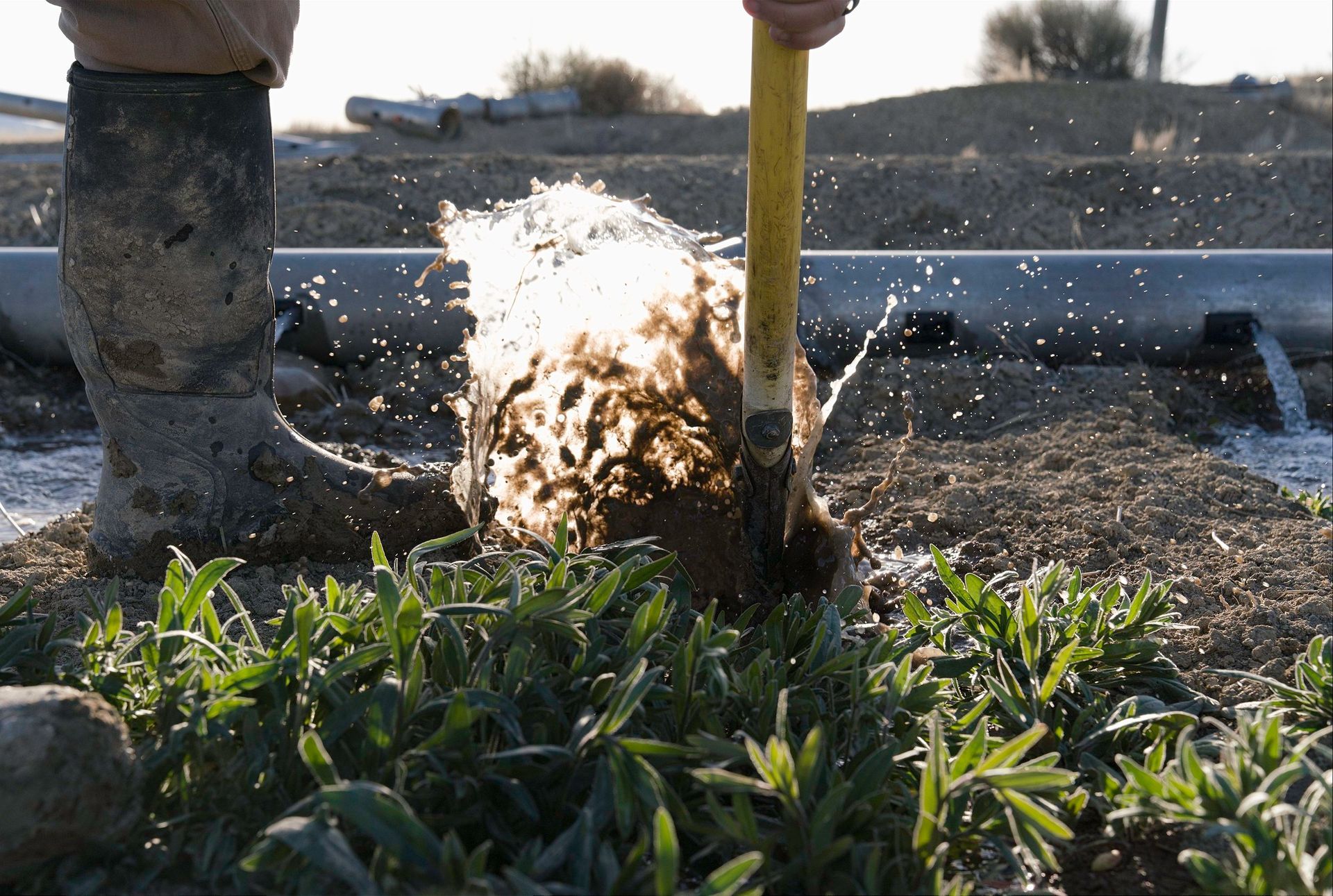
Back Us Up
Want to become a contributor to our cause or participate in promoting our work?

